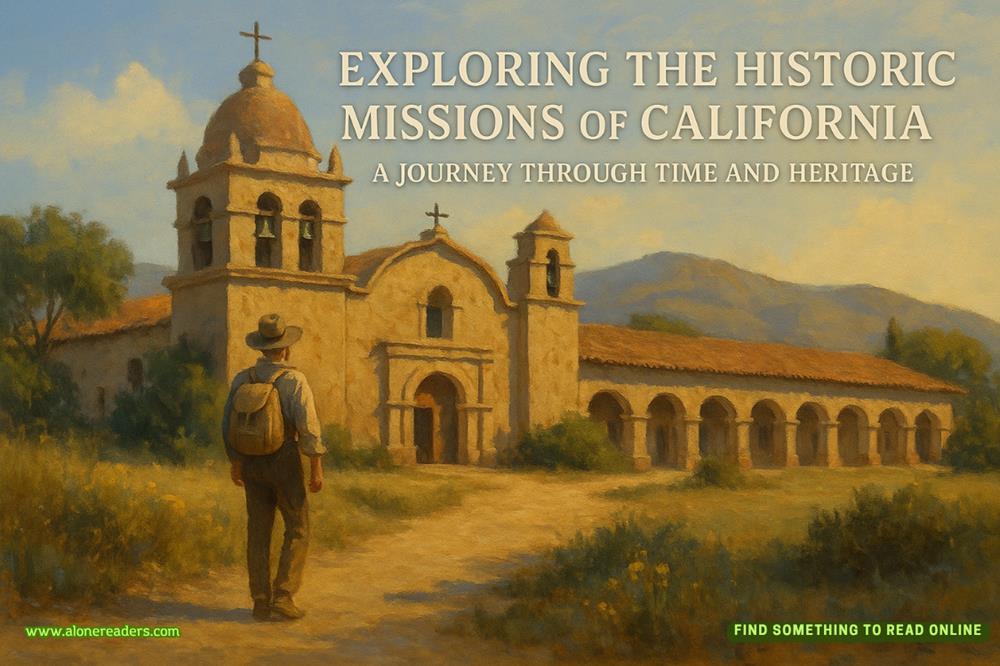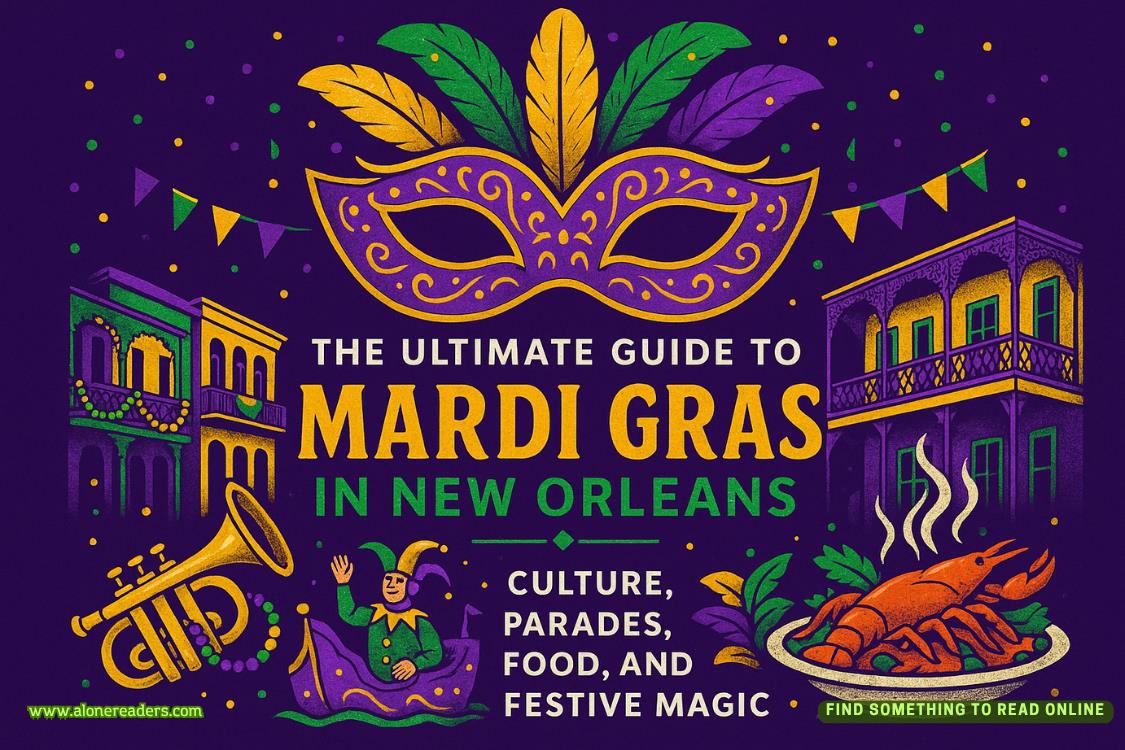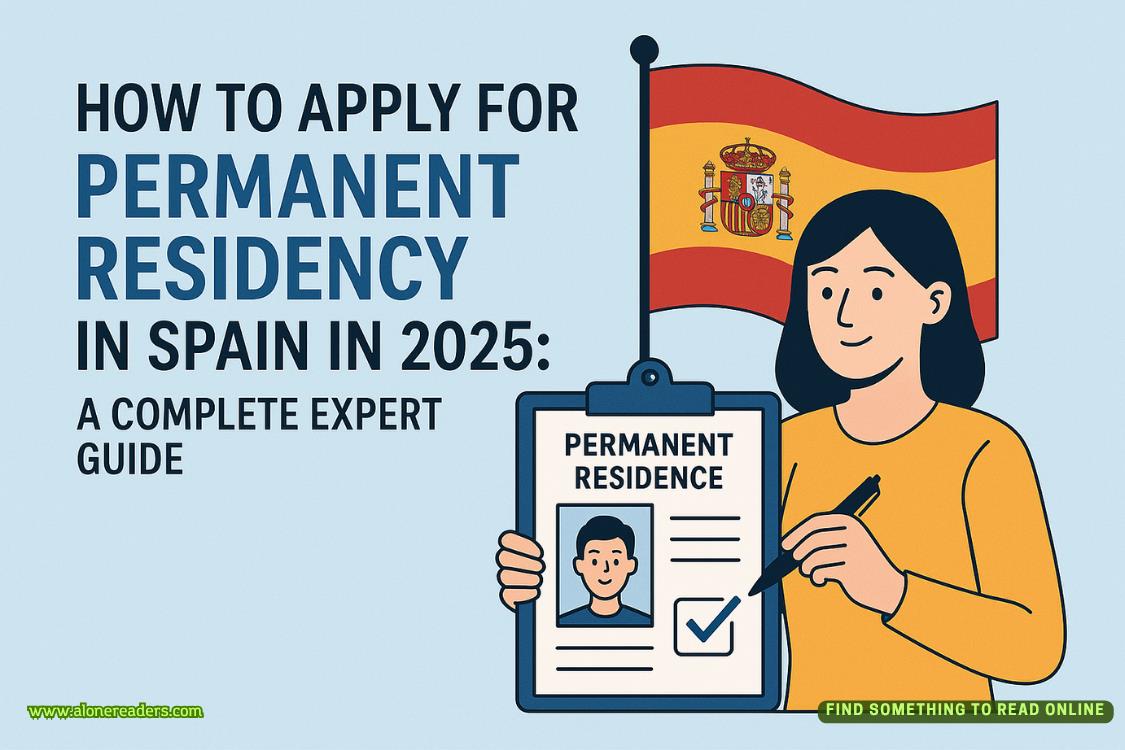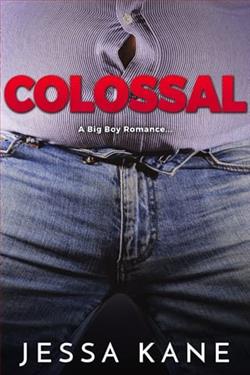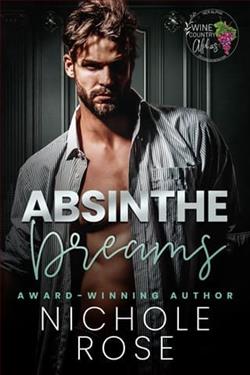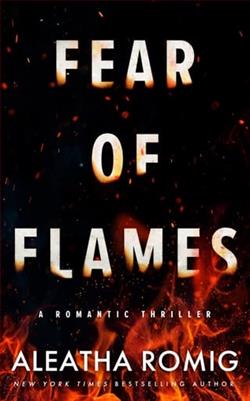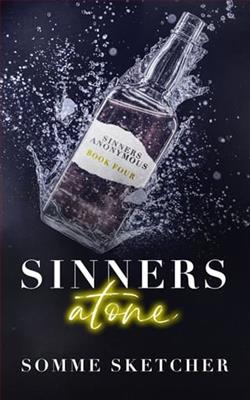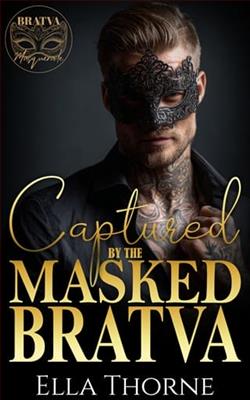Page 90 of The Attic on Queen Street
She bit her lip. “Mostly. On his podcast, he spouts all this ‘evidence’ about how ghosts aren’t real and all psychics and mediums are con artists and quacks, and I simply point out where he’s wrong.”
“I see. Does he ever mention me specifically?”
“Nope. I think he knows better.” She grinned again. “Even when an episode is about someone who is clearly a quack, I refuse to let Beau know he’s right. I just... can’t. He’s already too full of himself and insufferable.”
“I just worry about him because, well, he’s a tall man. We can’t forget what Rebecca said. I think it might be a mistake if you had romantic feelings toward him.”
She gave me a sour face again. “Oh, please. He occasionally drives me to school and bosses me around at work. Otherwise, I stay clear of him. Besides, he’s no Cooper Ravenel, that’s for sure.”
I heard the catch in her voice. “All right—go back to bed. I’ll find someplace to put Charlotte.”
“Maybe in the bottom of the cistern?” Nola suggested.
“Don’t tempt me.”
“Should we tell Dad what just happened?”
“I’ll tell him in the morning. He’s working right now and I don’t want to interrupt him, but I promise to update him later.”
I listened to the creak of the stairs as Nola returned to her room and I retrieved the Frozen Charlotte from the coffee table. I stood in the feeble light coming from the window, all of the unanswered questions swirling in my head like smoke. I clutched the metal coffin and started to walk out of the room, then stopped. I returned the coffin to where I’d picked it up, the pungent scent of burning wood heavy in the room. I left it on the table and exited, knowing that even if I did toss the Frozen Charlotte into the cistern, it wouldn’t remain there for long.
•••
As Nola and I climbed the front steps of the Gibbes Museum of Art on Meeting Street, my phone buzzed with a text from Sophie. I stopped to read it.
Charlotte and her coffin are missing.
I handed my phone to Nola so I could dictate while she typed so we wouldn’t be stuck outside on the steps for another fifteen minutes while I struggled to text. “Tell her, ‘No, she’s not. She’s in my living room.’ And no emojis this time, please.”
Nola’s thumbs flew over the screen, and then she handed me my phone. “Too late,” she said with a grin.
I looked down at the string of scared-face emojis and a smiling purple devil. “Thanks,” I said, tossing the phone in my bag.
We climbed to the top of the three short flights of steps and across the black-and-white square tiles to the imposing front doors. I’d already bought online tickets to the upper-floor exhibits to save time. After showing the tickets at the visitor-services desk, I headed toward the elevators. “We have to move pretty fast.”
“But I’d really love to see the miniatures collection again. Did you know that this museum has the largest collection of miniatures in the country? I don’t have a lot of homework tonight, so no need to rush.”
I pushed the elevator button twice. “I have other reasons to go quickly.” I pressed the button again for good measure.
“Right.” Nola sent me a knowing look before walking past me to the stairs.
“Where are you going?”
“To the third floor, where they have the special-exhibition galleries.”
“But the elevator is right here.”
She kept walking. “Taking the stairs is a good way to get in exercise throughout the day.” She held up her wrist with the purple fitness tracker Jayne had given her for Christmas. “I’ll wait for you at the top.” There might have been a sprinkle of sanctimonious piety in her voice as she began climbing the steps.
The doors of the elevator opened, forcing me to stare into its welcoming sanctuary. I let out an audible sigh before following Nola.
There were fewer people on the third floor, and it was quieter away from the busy lobby and the lecture rooms on the first level. Our footsteps on the bare wood floors seemed to invade the hushed atmosphere but didn’t completely hide the murmur of whispered voices that seemed to be getting louder as we approached gallery nine.
“I think this is it,” Nola said, looking up to read the bold black letters on the wall. “ ‘The Living Dead. Charlestonians in the Victorian Age, 1837 through 1901.’ ”
Only an older couple was in the room, halfway down the second row of vitrines on wooden pedestals that lined the four walls of the gallery.
I didn’t need to hear Nola’s confirmation. The swell of disjointed voices had grown louder, like a gathering wave leaking out of the glass cases.

